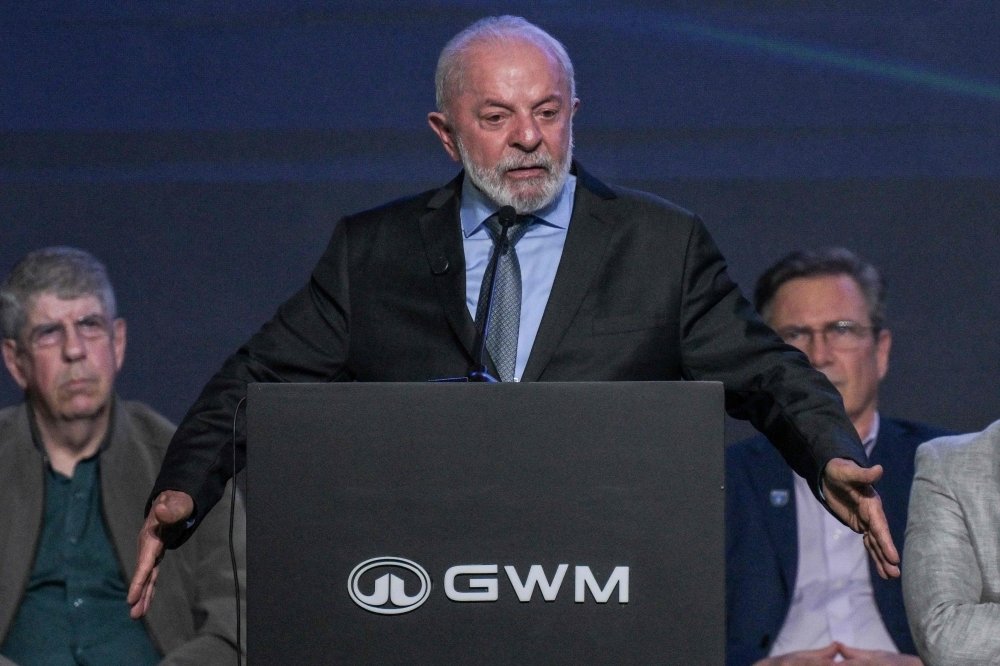BRASILIA, August 17 — In a powerful and deeply symbolic moment, Brazilian President Luiz Inácio Lula da Silva, while planting grapevines—one of the goods directly impacted by new U.S. tariffs—reached out to former U.S. President Donald Trump with a message of unity and understanding: “Come visit Brazil. Let’s talk.”
This wasn’t just political posturing. It was Lula’s way of showing the world what Brazil truly stands for—not confrontation, but culture. Not tariffs, but togetherness.
Facing a sharp 50% tariff imposed by the U.S., Brazil’s key exports, including grapes, are taking a hit. But Lula, never one to back down without a message, responded not from behind a podium, but with his hands in the soil—planting food, not fear.
“I hope you can visit someday so we can talk and you can get to know the true Brazil,” Lula said in a heartfelt video shared on X. “The Brazil of people who love samba, carnival, soccer… the United States, China, Russia, Uruguay, and Venezuela. We love everyone.”
The tariffs, among the harshest in recent history, come with a heavy political undertone. Trump has claimed they’re justified due to an alleged “witch hunt” in Brazil targeting his ally, ex-president Jair Bolsonaro—currently facing trial for an alleged coup attempt in 2022. The U.S. recently went so far as to sanction the Brazilian judge and seven other Supreme Court justices handling the case.
But Lula stands firm. He’s thrown his full support behind Brazil’s Supreme Court, vowing to defend the sovereignty of his people and the integrity of Brazil’s democracy. His administration is even preparing to legally challenge the tariffs.
In 2024 alone, Brazil maintained a US$284 million trade surplus with the U.S. But now, decades of economic diplomacy hang in the balance.
And still, Lula chooses peace.
“I’m planting food,” he says in the video, gently laying vines into the soil. “Not planting violence or hate. I hope that someday we can talk, President Trump, so you can learn about the quality of the Brazilian people.”
A leader with soil on his hands, not pointing fingers—but extending one.




